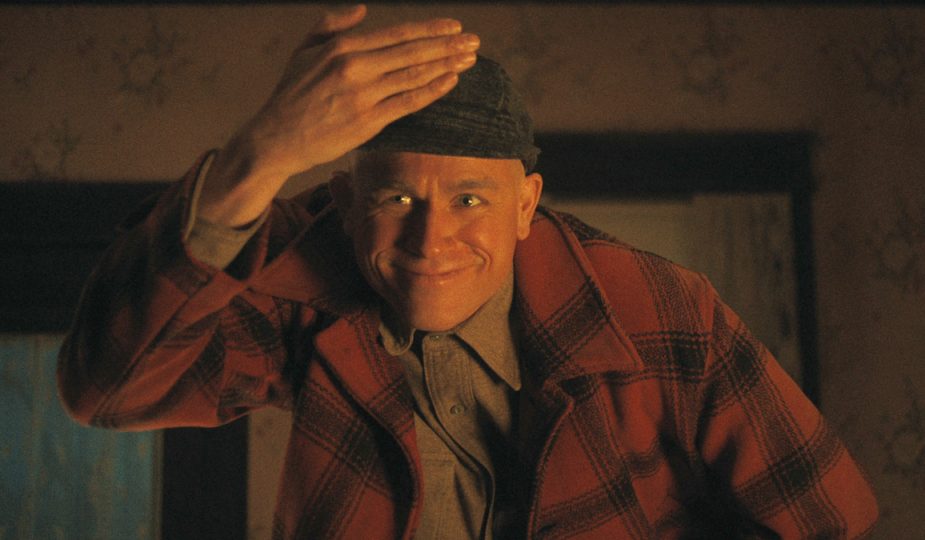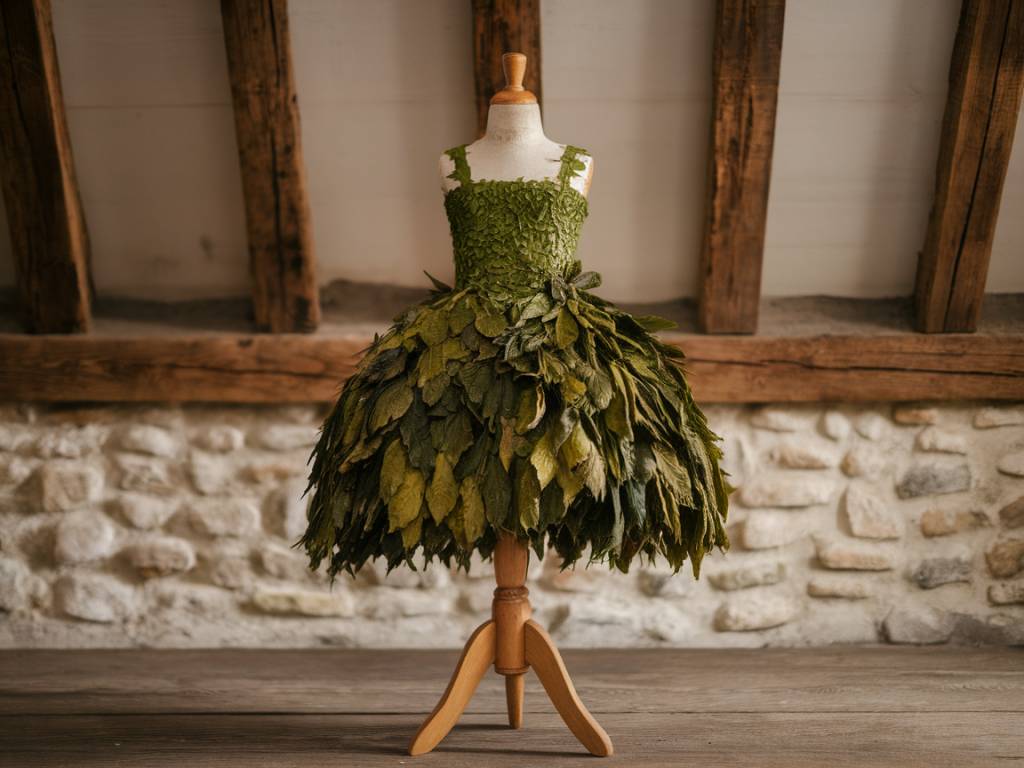From farmhand to horror icon: why Ed Gein still fascinates
Netflix’s new anthology entry, Monster: The Story of Ed Gein, promises to be the darkest instalment yet from creators Ryan Murphy and Ian Brennan. Premiering on October 3, 2025, this third season transports viewers to the snowy plains of 1950s Wisconsin, where a seemingly ordinary farmer’s quiet life masked unspeakable horrors.
Ed Gein, often dubbed the “Plainfield Butcher,” gained notoriety for grave robbing, body mutilation, and murder. His crimes shook America and inspired some of the most iconic horror films of all time—Psycho, The Texas Chainsaw Massacre and The Silence of the Lambs among them. Murphy and Brennan now bring Gein’s real-life nightmare into crisp, unflinching focus.
A trailer that chills to the bone
The first teaser, shared on Netflix Italy’s Instagram, sets a stark, oppressive tone. Under grey skies and barren fields, viewers glimpse Gein’s dilapidated farmhouse—its looming presence a perfect metaphor for the isolation and obsessions within. We hear no triumphant fanfare, only the crunch of snow underfoot, the creak of floorboards, and occasional whispers of disembodied voices echoing through empty rooms.
This visual approach signals that Monster is no pulpy TV shocker. It aims to unsettle by revealing how a nosy neighbor, a doting son and a beloved mama’s boy could hide a grotesque underground menagerie. As actors step into roles immortalized by cinema greats, the series dares us to question exactly where reality ends and horror begins.
Meet the cast behind the terror
- Charlie Hunnam as Ed Gein: best known for off-beat antiheroes, Hunnam channels Gein’s polite mannerisms and sudden psychotic breaks with uncanny precision.
- Laurie Metcalf as Augusta Gein: Ed’s domineering mother, whose overbearing influence is central to his twisted worldview. Metcalf injects equal parts warmth and menace into the role.
- Suzanna Son as Adeline Watkins: Ed’s ill-fated romantic interest, whose tragic entanglement reveals Gein’s darker impulses.
- Tom Hollander as Alfred Hitchcock: The master of suspense himself appears in dramatized archival scenes, underscoring how Gein’s crimes became cinematic legend.
With this ensemble, the series interweaves verité drama and meta-commentary on horror’s evolution—reminding us that behind every on-screen monster lies human fragility and societal blind spots.
Psychosis in plain sight
On the surface, Ed Gein was an unremarkable country man tending to his livestock. But inside his ramshackle farmhouse lurked a “museum of horrors”—skulls displayed on shelves, human skin made into lampshades, and hollowed bodies preserved like grotesque specimens. Gein’s delusions, fueled by an intense fixation on his strict, suffocating mother, birthed a blueprint for cinematic terror.
This season charts Gein’s descent from polite butcher to calculating killer. Creators promise a raw, unsparing lens—no clever jump cuts or false jump scares, but an unfiltered look at a psyche unraveling under the weight of grief, repression and madness.
More than true crime: exploring horror’s roots
While true-crime documentaries spotlight evidence rooms and trial transcripts, Monster delves into cultural mythology. Gein’s real-life atrocities laid the groundwork for Norman Bates’s Bates Motel, Leatherface’s chainsaw rampages and Buffalo Bill’s gruesome passport skins. Now, Netflix’s cameras revisit the origin point.
This third season raises critical questions:
- How do family dynamics and isolation warp human behavior?
- What role does popular culture play in amplifying fears?
- Where do we draw the line between documenting history and sensationalizing violence?
Expect the unexpected
Murphy and Brennan have called this the “darkest season yet.” Early footage suggests stark cinematography, minimal CGI and extended takes that force audiences to confront the unfolding terror in real time.
Viewers should prepare for:
- Long, unbroken shots in dimly lit rooms, heightening claustrophobia.
- Disturbing sound design—silence broken by creaks, taps and distant screams.
- Moments of sudden quiet before abrupt, shocking revelations of violence.
Be warned: this isn’t a series for the faint-hearted. It challenges us to recognize that real-world evil doesn’t wear a Halloween mask—it lurks next door, behind polite greetings and daily routines.
Why this matters for women and families
At Princess-Daisy.co.uk, we often discuss safety and mental health in the home. Gein’s case reminds us that domestic spaces can be sites of profound vulnerability. It highlights the importance of:
- Checking on elderly or isolated neighbours who may hide distress behind a friendly façade.
- Maintaining open communication about mental health—especially where grief or trauma is present.
- Recognizing warning signs: odd behaviour, secretive actions, outdated living conditions.
While Monster dramatizes extreme pathology, it’s also a prompt to stay vigilant, compassionate and connected within our communities.
Get ready for a new era of horror
From its bone-chilling trailer to its haunting cast, Monster: The Story of Ed Gein marks a bold redefinition of true-crime drama—one where the real monster is a human soul fractured by trauma and isolation. On October 3rd, prepare to experience horror that resonates long after the credits roll.










